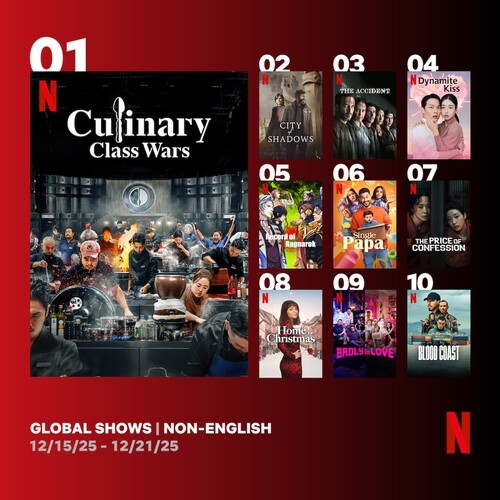*Editor’s note: K-VIBE invites experts from various K-culture sectors to share their extraordinary discovery about the Korean culture.
Choi Man-soon's Medicinal K-Food: Gukbap, All-Korean Soul Food
By Choi Man-soon, Food Columnist and Director of the Korea Traditional Medicine Food Research Institute
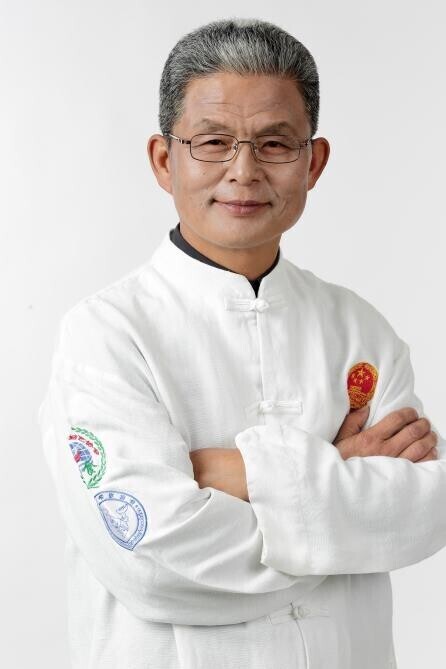
Gukbap, a type of Korean rice soup, is widely regarded as the “soul food” of Koreans.
Since the days when scholars on their way to take the state exams would stop at village taverns to eat, gukbap has nourished the hungry, becoming a dish deeply embedded in Korean life. Historically, it was a staple food offered at river crossings and marketplaces, where travelers and locals alike would gather.
In the author’s childhood, fall athletic meets in elementary school were a festive occasion for the entire neighborhood. Under the trees decorated with rows of international flags, familiar neighborhood women would busily prepare meals. A large iron cauldron was set up outside a tent, and the savory aroma of gukbap, made with simmered ox head, filled the air, drawing curious glances from those cheering on the games.
In Sun Tzu’s Art of War, there's a principle about the importance of swift victory. Prolonged warfare, he warns, drains a nation’s resources, imposing a heavy burden on its people. Food, too, benefits from efficient preparation and timely serving—an area where gukbap excels. It aligns perfectly with Korea’s “ppalli ppalli” (hurry-hurry) culture. When a customer orders, rice is added to the broth and served immediately, or the rice is served separately for a quick and satisfying meal.
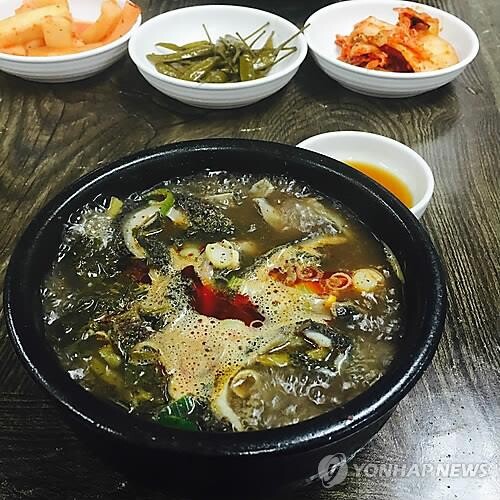 |
| ▲ This undated Yonhap file photo shows South Korea's Yangpyeong Haejangguk. (Yonhap) |
Gukbap restaurants have optimized their systems to ensure rapid service. Streamlining kitchen workflows reduces the time from order to serving. This efficiency is also exemplified by American fast food, particularly McDonald’s. Since opening its first franchise in Chicago in 1954, McDonald’s has thrived, but it originally started as a barbecue stand in 1940. The McDonald brothers soon realized that a simplified menu of burgers, fries, and drinks, coupled with an efficient kitchen layout, was the key to faster service.
Historically, gukbap has been a staple of restaurants rather than a home-cooked meal. The first written recipe for gukbap appears in the Gyugonyoram (a late Joseon-era text), where it’s described as rice with savory stewed meat on top.
The broth used in gukbap is typically a light beef broth, seasoned with soy sauce. Brisket is the preferred cut, as it cooks down well without much fat, enhancing the broth’s flavor. The Siui Jeonseo (a historic Korean cookbook) explains that jang-gukbap (soup with rice) was made by cooking rice with high-quality glutinous rice and boiling the broth with radish. Toppings like seasoned vegetables, grilled beef, and sometimes bean sprouts, radish, bracken, or spinach were added, along with red pepper or black pepper to taste.
Here is the standard gukbap preparation method:
Boil brisket and beef bones together, then remove the bones and thinly slice the meat. When cooled, the fat congeals, making it easy to skim off.
Use a ratio of 600g of meat to about 2.2 liters of water, reducing it to around 2 liters for a rich broth.
Add a small amount of pepper while cooking to remove any gamey smell.
Start with high heat, then lower it once it boils, cooking it uncovered for a deep, flavorful broth.
To serve, place the hot broth in a bowl with a portion of rice, add the sliced meat on top, and enjoy.
Gukbap has not only been a meal but a cultural staple, embodying speed, simplicity, and sustenance—a Korean soul food through and through.
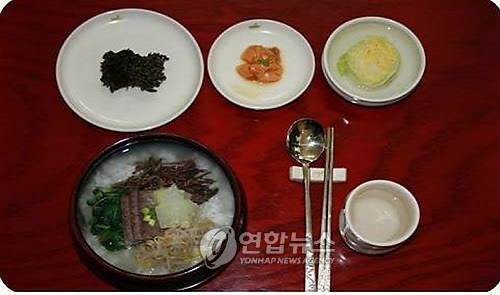 |
| ▲ This undated Yonhap file photo shows South Korea's Tongyeong Janggukbap. Tongyeong Janggukbap is a rice soup with a rich history, believed to have been enjoyed by Admiral Yi Sun-sin during the Imjin War. Revived to suit modern tastes, this version of Tongyeong Janggukbap includes the soup itself, along with side dishes such as janggunji (traditional pickled vegetables), fermented seafood, and chimbaekchae (a type of seasoned vegetable). (Yonhap) |
Gukbap, or rice soup, is widely cherished as a soul food in Korea. Here, let’s explore its main types, each with a unique history, preparation, and set of health benefits.
1. Market Gukbap
Market gukbap originated in the 1920s when permanent and five-day interval markets were established in towns and villages across Korea. On market days, makeshift gukbap stalls were set up around these gatherings, offering a quick, hearty meal to both shoppers and vendors. Market gukbap, as the name suggests, catered to this bustling atmosphere, prepared in advance with rice and soup combined in a single bowl for swift serving.
Typically, this dish includes beef and radish in a light, clear broth, with rice added and topped with tender slices of beef, radish, bracken, bean sprouts, and greens. Beef is the main ingredient, rich in high-quality protein and essential amino acids that boost immunity and aid muscle growth, making it an ideal choice for children, adults, and seniors alike. With ample vitamins and iron, it’s beneficial for pregnant women as well. In traditional Korean medicine, beef is considered a balanced ingredient, supporting digestion and fortifying muscles, bones, and overall energy.
2. Pork Gukbap
Pork gukbap is made with broth from simmered pork bones, sliced pork, and rice. There are several theories on its origin, with the most prominent one suggesting it emerged during wartime when displaced people used available pork parts to create a filling meal. Originally evolving in the regions of Miryang, Busan, and Daegu, these regional variations have now blended into the current pork gukbap style.
The pork is sliced, while chives are cut to about 4 cm and seasoned with red pepper powder, soy sauce, minced garlic, sesame oil, and salted shrimp to create a flavorful sauce. Rice is served in a bowl, topped with pork slices, and covered in broth, with seasoned chives on top. Diners can adjust the seasoning to taste with sauces or salted shrimp. Pork is easily digestible and packed with protein, aiding muscle formation and energy. It contains unsaturated fats that help prevent cholesterol build-up, making it effective against diseases like arteriosclerosis. In Korean medicinal cuisine, pork is praised for its longevity benefits, promoting kidney health, improving circulation, and relieving coughs, asthma, fatigue, thirst, and even improving skin.
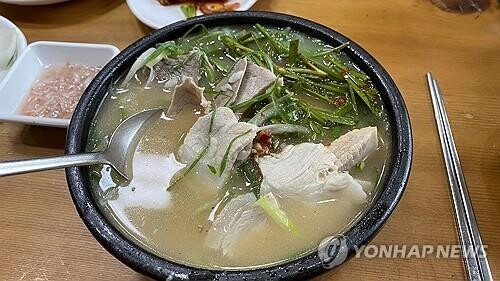 |
| ▲ This undated Yonhap file photo shows South Korea's Pork Gukbap in Gimhae. Home to Gyeongnam’s largest pig farms, Gimhae is known for its flavorful pork gukbap. Gimhae City proudly recommends this dish, made with fresh, locally sourced ingredients, to athletes and officials visiting for the National Sports Festival. (Yonhap) |
3. Sundae Gukbap
Sundae gukbap is a rice soup featuring sundae (Korean blood sausage) in a pork-bone-based broth. It includes sundae along with various internal organs, such as liver and heart, as well as bits of pork head meat. Sundae itself is popular across Korea, with regional varieties like Abai Sundae in North Hamgyong Province, squid sundae in Gangwon Province, and Byungcheon Sundae in South Chungcheong Province.
The most common type of sundae is made with glass noodles and glutinous rice. For sundae gukbap, sundae may include ingredients like mung bean sprouts, cabbage, tofu, congealed blood, and pork, seasoned and then stuffed into clean pork intestines. Pig's blood, a key ingredient, is known to help with anemia and dizziness. The rich broth from simmered pork bones is high in protein and calcium, making it a nutritious choice for those in recovery. Traditional medicine claims that pig’s blood has a salty taste and balanced properties that support heart health, help expel bad energy from the body, and prevent intense headaches, dizziness, and bloating.
Each bowl of gukbap, warm and quickly eaten, has long been one of Korea’s oldest dining-out dishes, still loved by many today. When one thinks of Korean "soul food," gukbap is often the first thing that comes to mind.
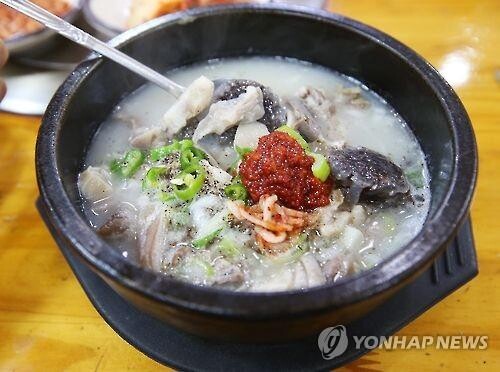 |
| ▲ This undated Yonhap file photo shows South Korea's Sundae Soup at Suwon’s Jidong Market. Located within Suwon Hwaseong Fortress, Suwon’s Jidong Market is famous for its "Sundae Town," where visitors can enjoy sundae soup, grilled intestines, and stir-fried sundae dishes. This market is a go-to destination for fans of sundae and related Korean comfort foods. (Yonhap) |
(C) Yonhap News Agency. All Rights Reserved



























